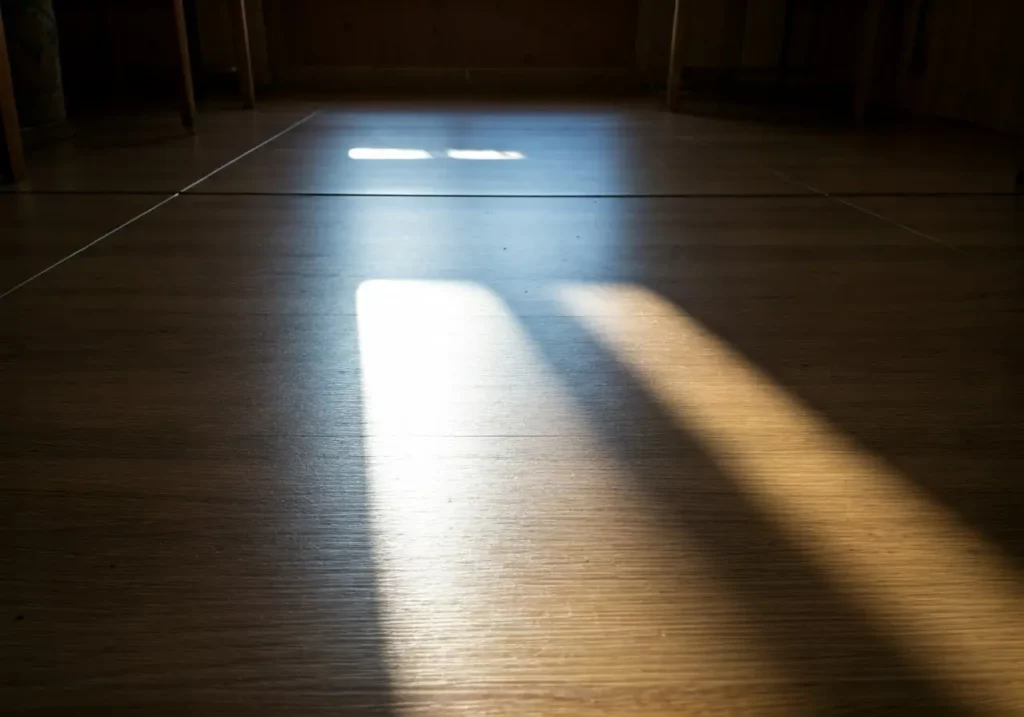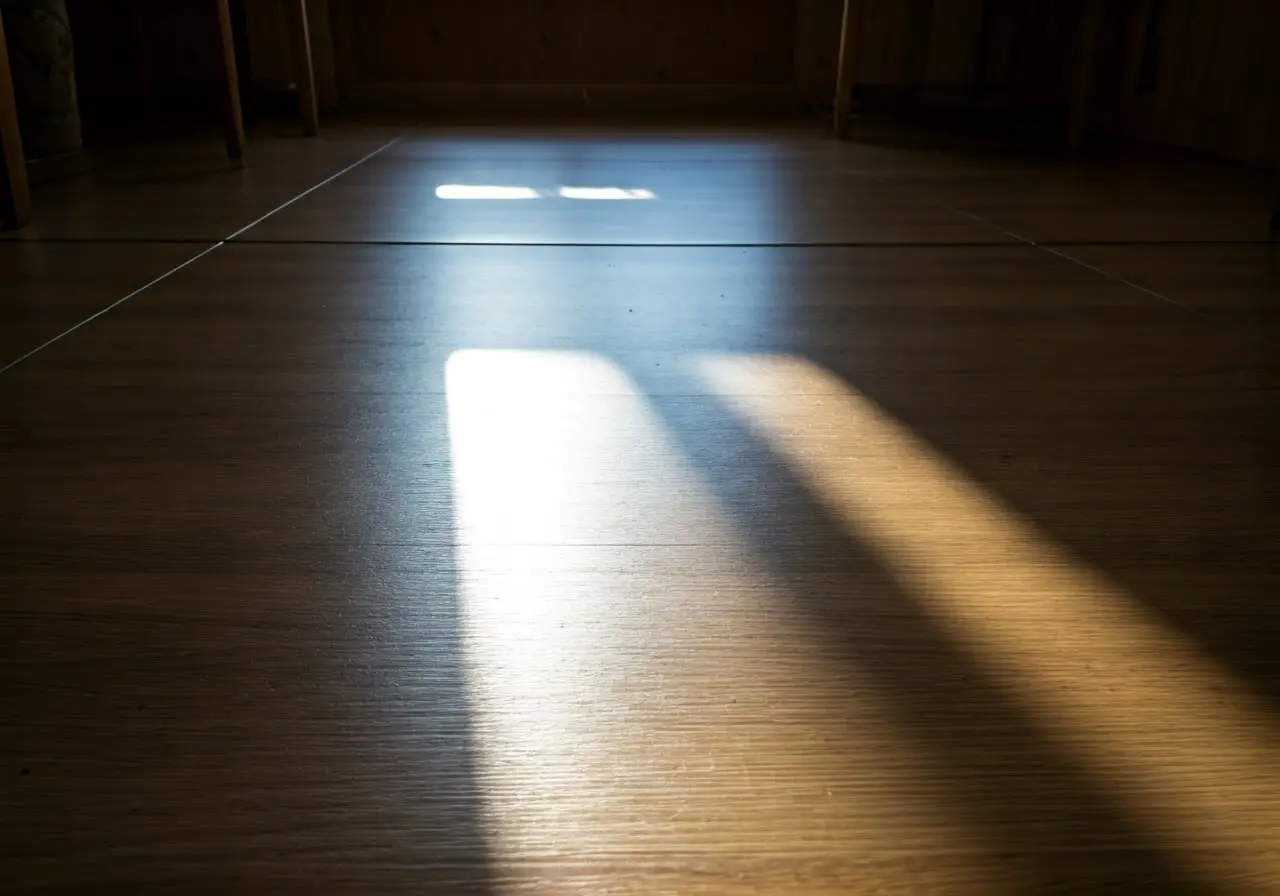Porcelain tile flooring is a stunning and durable choice for many households, but to keep it looking its best, proper maintenance is key. In this blog, we’ll share some easy and practical tips to help you maintain your porcelain tile flooring, ensuring it stays beautiful for years to come.
1. Sweep and Vacuum Regularly
Dust and debris can dull the appearance of porcelain tiles and may even cause scratches over time. Make it a habit to sweep or vacuum your floors regularly to keep them looking spotless. A broom with soft bristles or a vacuum with a floor attachment is ideal for this task. Regular sweeping or vacuuming helps remove gritty particles that might scratch the tile surface. Moreover, by keeping the dust at bay, you’ll minimize the chances of any ground-in dirt, especially in high-traffic areas.
For those wondering about the best tool to use, a lightweight vacuum designed for hard surfaces can be incredibly effective. Choose one with a high-efficiency particulate air (HEPA) filter to capture even the smallest dust particles. If you prefer sweeping, a broom with gentle, synthetic bristles should do the trick. Avoid using a stiff-bristled broom as it can scratch the porcelain surface. Taking five minutes a day to remove surface debris can maintain that polished look, extending your tile’s life and reducing the need for more intensive cleaning later on.
2. Mop with a Gentle Cleaner
Mopping your porcelain tiles with a gentle cleaner will remove any stubborn dirt and grime. Avoid using harsh chemicals or abrasive cleaners as they can damage the tile surface. Instead, a mild detergent mixed with water works wonders. It’s gentle enough to maintain the finish while being strong enough to clean effectively. Always use a damp mop rather than soaking the floor. Excess water can lead to streaks and might even weaken the grout lines over time.
For those special tiles that need a bit more attention, consider using a vinegar-water solution. Mix a quarter cup of white vinegar with two gallons of water for a natural and effective cleaning solution. This mixture helps in breaking down dirt and grime without harming the tile’s surface. However, be sure to rinse the floor with plain water afterward to avoid any residues that might dull the finish. A soft mop or a microfiber cloth is perfect for this purpose, lifting dirt without scratching the tiles.
3. Wipe Up Spills Immediately
Accidents happen, but it’s important to clean up spills right away to prevent stains and water damage. Use a soft cloth or paper towel to blot the spill, then clean the area with a mild cleaner. This approach prevents the liquid from seeping into the grout lines and causing discoloration or damage over time. For sticky spills or tougher residues, a gentle scrub with warm, soapy water can help. Dry the spot thoroughly after cleaning to deter any mold or mildew growth.
Regular vigilance can save you from time-consuming deep cleans later. Have a strategy for different types of spills: for instance, absorbent materials like baking soda can help with oily stains, while a standard mop might be sufficient for clear spills. Keeping a small cleaning caddy with essential supplies like a mild detergent, a soft sponge, and paper towels in convenient locations can make immediate clean-ups a breeze.
4. Use Doormats and Rugs
Place doormats at entryways and rugs in high-traffic areas to trap dirt and moisture before they reach your porcelain tiles. This will help reduce wear and tear and keep your floors cleaner. Mats and rugs act as the first line of defense against the elements, capturing dirt, mud, and water that might otherwise get tracked inside. Opt for mats with non-slip backings to prevent any accidents and to keep them securely in place.
Look for rugs and mats that are easy to clean and maintain. In areas like the kitchen, where spills are common, consider using washable rugs. These can be tossed into the washing machine for a quick refresh, keeping your floors pristine. By placing rugs near sinks and countertops, you can add a layer of protection against splashes and spills, further maintaining the pristine condition of your porcelain tile flooring.
5. Protect the Grout
Grout lines can easily become dirty and discolored. Seal the grout lines periodically to protect them from stains and moisture, and clean them regularly with a grout cleaner. Sealing grout helps to create a barrier against spills and debris, keeping the lines crisp and clean. Depending on the area’s usage, sealing might be needed once a year or every few months.
When it comes to cleaning, a specialized grout cleaner can remove dirt and freshen up the lines without damaging the porcelain tiles. Apply the cleaner with a small brush, working it into the grout lines. Allow it to sit for a few minutes before rinsing thoroughly. Keeping grout in good condition not only improves the overall appearance of your flooring but also prolongs its lifespan by preventing issues like mold and mildew from taking hold.
6. Avoid Dragging Heavy Furniture
Dragging heavy furniture across porcelain tile flooring can cause scratches and cracks. Use furniture pads or lift the items instead to prevent damage. Furniture pads are a simple and effective way to protect your tiles. They come in various sizes and can be applied to the legs of chairs, tables, and other large pieces. These pads provide a cushion that prevents scratching when moving furniture.
For bulkier furniture that needs to be moved less frequently, consider using furniture sliders. These are designed to glide across hard surfaces without causing damage, making it easier to rearrange your space. If possible, recruit help when moving heavy items to lift instead of dragging them. This precaution can save you from the costly and labor-intensive task of repairing or replacing damaged tiles.
7. Address Stains Promptly
If your porcelain tiles do get stained, address the stain promptly. Use an appropriate cleaner for the type of stain and test it in a small, inconspicuous area first to ensure it doesn’t damage the tile. Different stains require different approaches. For organic stains like coffee or wine, a bit of hydrogen peroxide might do the trick. For grease, a mild dish soap and water solution can be effective.
Persistent stains might need a more targeted approach. In such cases, employing a specific product designed for porcelain tiles can help. Follow the manufacturer’s instructions closely to prevent any potential damage. Removing stains quickly reduces the risk of them becoming permanent fixtures on your beautiful flooring.


